Wildlife Of The Canadian Rockies
The Canadian Rockies are home to grizzly bears, black bears, cougar, moose, wapiti (elk), bighorn sheep, mountain goat, and many other species of wildlife. These animals roam the forests, mountains, and valleys throughout the region. Some species are more common than others depending on where you go in the Rocky Mountains.
A Grizzly Bear is one of the largest land predators in North America. These bears can weigh up to 800 pounds and measure over 7 feet tall when standing on their hind legs. Grizzly bBars are omnivores, meaning they eat both plants and animals. They live in forests and meadows near rivers and streams. Grizzly Bears are currently listed as a threatened species in Alberta.
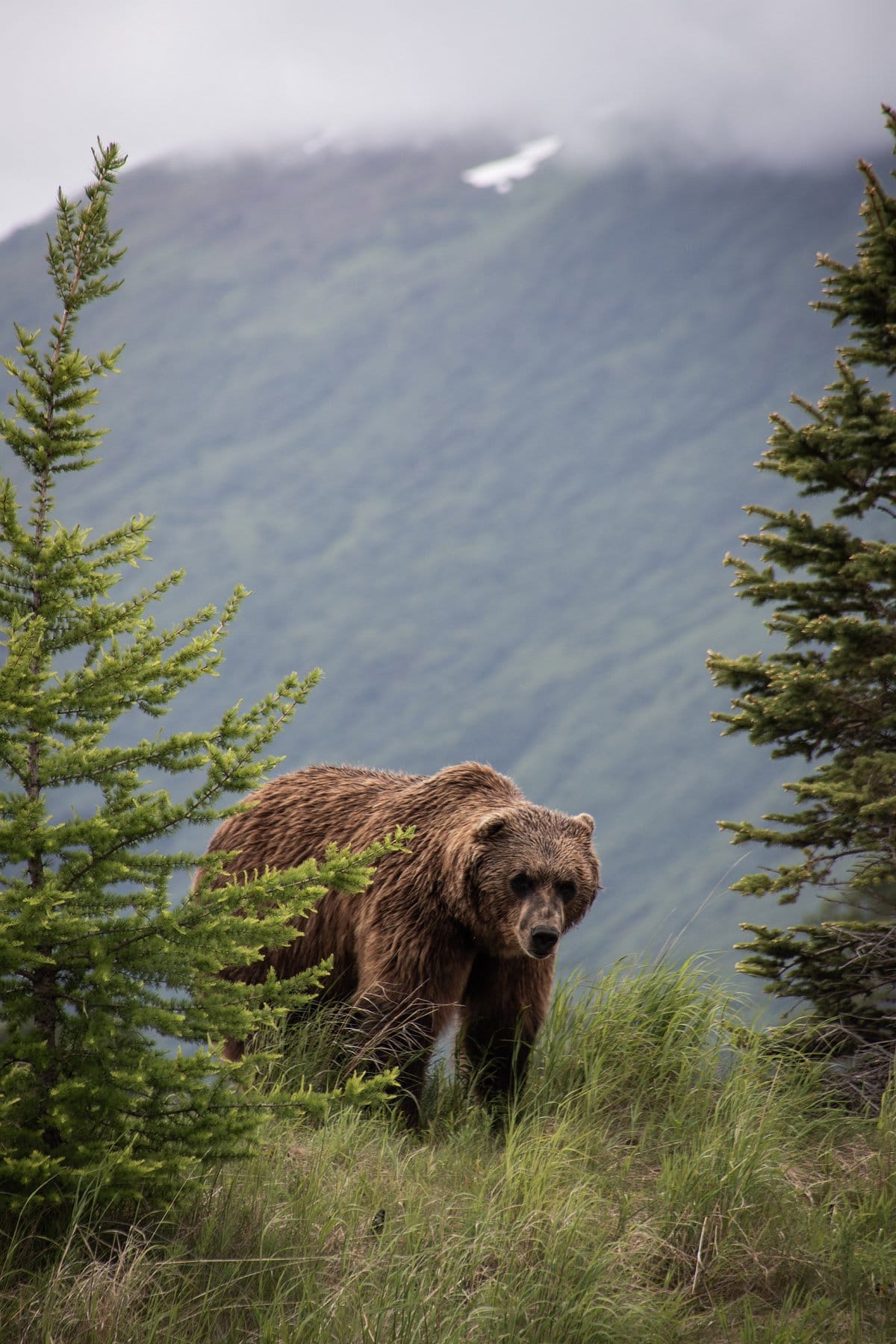
Black Bear sightings are more common throughout the Rockies, and will often venture into town sights. My daughter took this from our car.
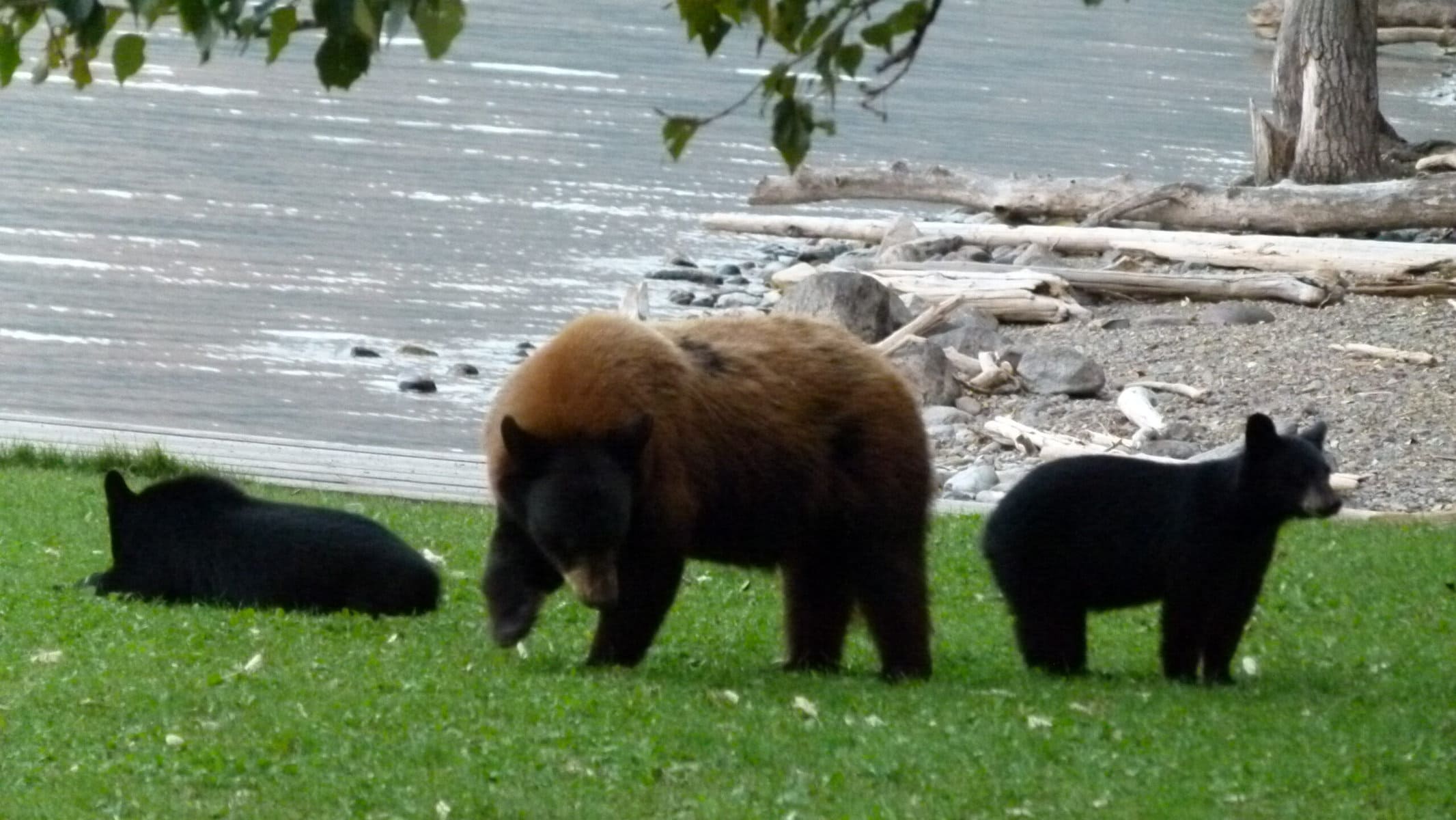
Wapiti are also known as Elk. These large mammals can be up to 6 feet tall at the shoulder and are brownish-red in color with white around the neck. Wapiti once lived throughout much of western North America but were almost hunted to extinction in many places by early settlers. They are now most commonly found in the Rocky Mountains. I took this in Jasper.

The Grey Wolf makes its home in the Canadian Rockies. These animals can weigh up to 175 pounds and have grey or black fur. They are skilled hunters that often work together in packs to find their prey (elk, deer, moose, and other mammals). Wolves work together to stalk their victims until they are weakened or injured, at which point they begin to attack.
Grey Wolves hunt during the day but will also scavenge for food at night. They are very territorial animals and mark their territory with urine, feces, and scratch marks on trees or rocks. When two packs come into contact with each other, they will often engage in a dominance fight to determine who will be the dominant pack.
Wolves remain quite elusive and are rarely seen in the Rockies.
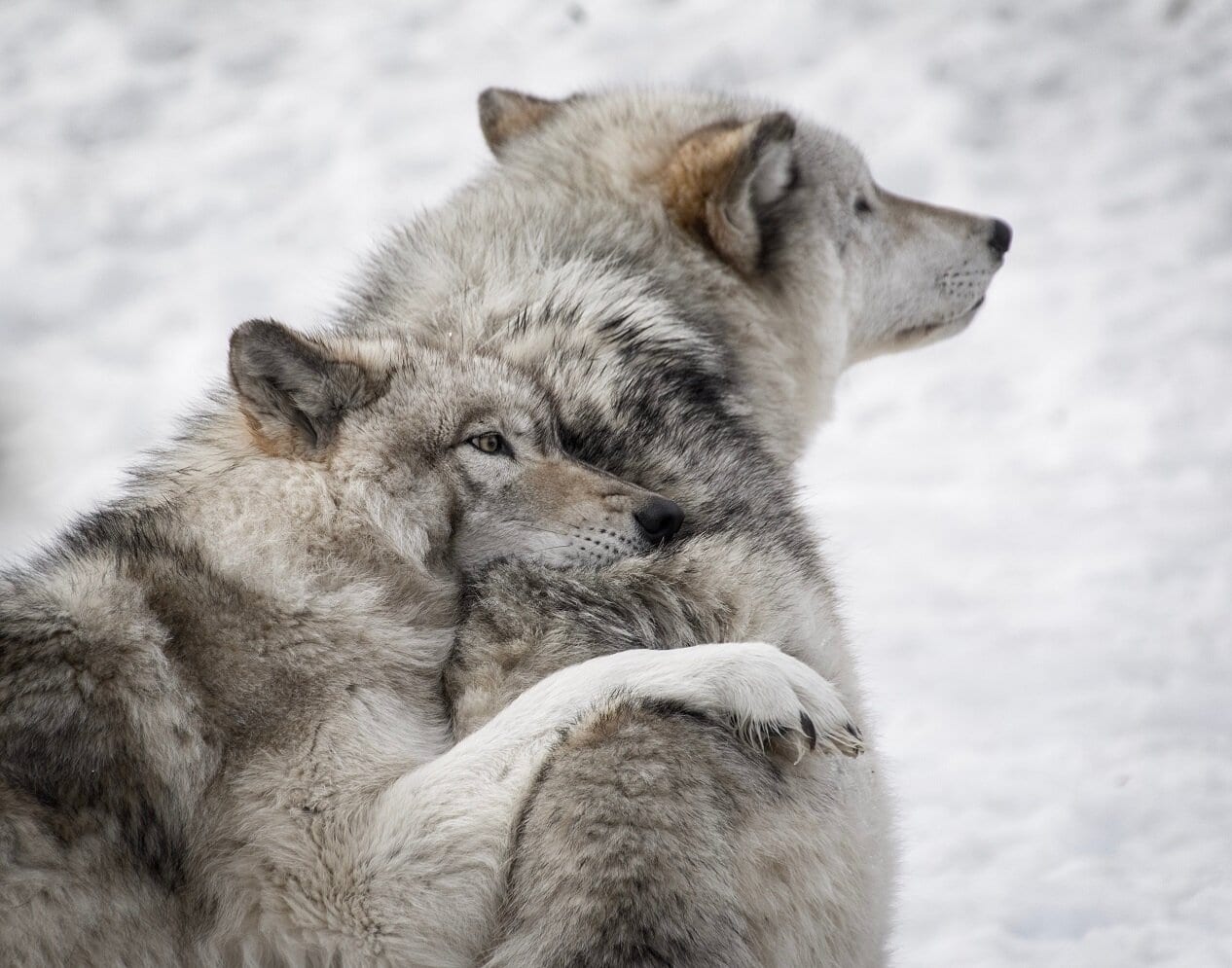
Bald Eagles are slightly smaller than golden eagles with shorter wings. Their bodies are usually dark brown with contrasting white heads and tails. These raptors build their nests near water, making them common around rivers, lakes, and ponds throughout the Canadian Rockies. Bald Eagles are also scavengers, meaning they will eat dead animals that they find. Their diet includes fish, amphibians, small mammals, and birds.
Bald Eagles are important members of their ecosystem because they help to keep the populations of other raptors in check, as well as fish and other aquatic creatures. They are also cherished as a spirit animal and considered to be a symbol of inner strength, power, and freedom.

The Timber Wolf is a subspecies of Grey Wolf that lives in the Canadian Rockies and is a symbol of strength, determination, and ferocity. These animals are smaller than Grey Wolves, weighing in at around 70 pounds. They have shorter fur that is usually black or dark grey in color.
Timber Wolves are pack animals and live in hierarchical packs where the alpha male and female are the leaders. The Timber Wolf is a symbol of strength, loyalty, and family. These animals are skilled hunters that prey on elk, deer, moose, and other large mammals. They also scavenge for food and have been known to kill livestock. Timber Wolves were once very common, but they were hunted to near extinction.
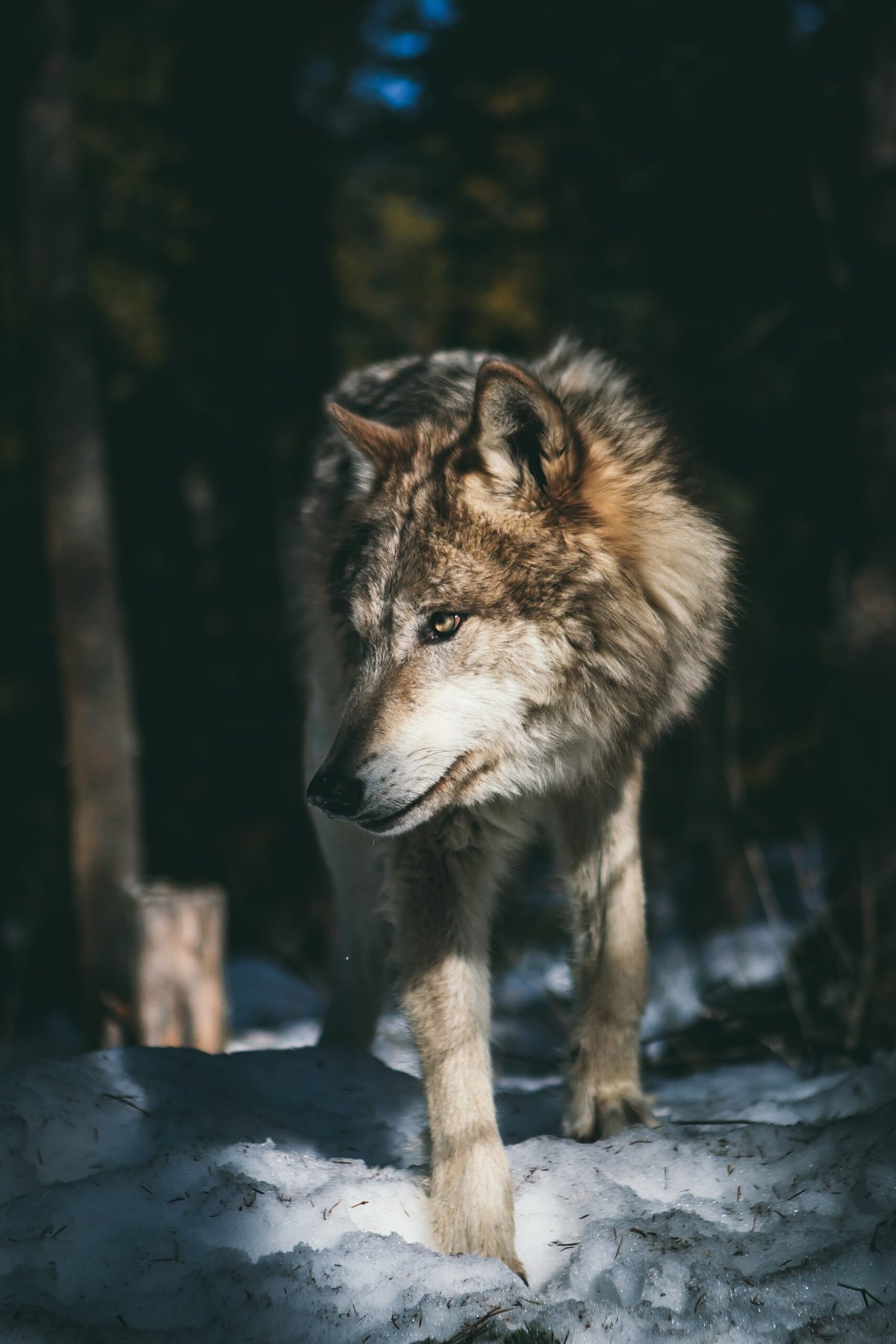
Mountain Goats are quite often seen scrambling the cliff faces of the Rockies, and even on the roads throughout Banff. These animals live in mountainous rocky parts of the Rockies, where they have evolved sharp hooves that help them to climb steep slopes.
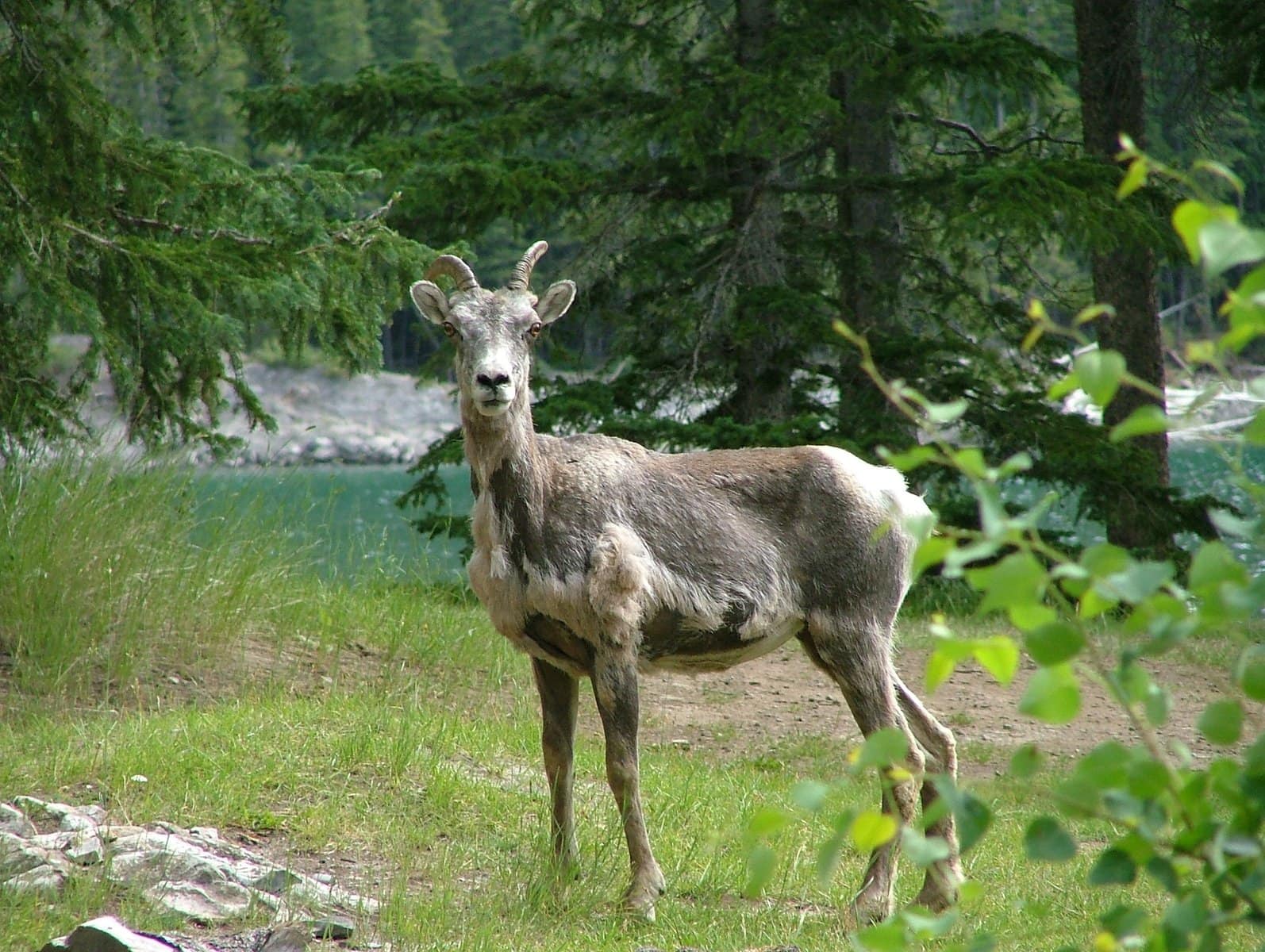
Bighorn Sheep are herbivores and eat a variety of plants, including grasses, leaves, twigs, and branches. They help to keep grasslands and forests healthy by destroying old-growth, recycling nutrients into the soil, helping to prevent erosion by keeping trails clear.
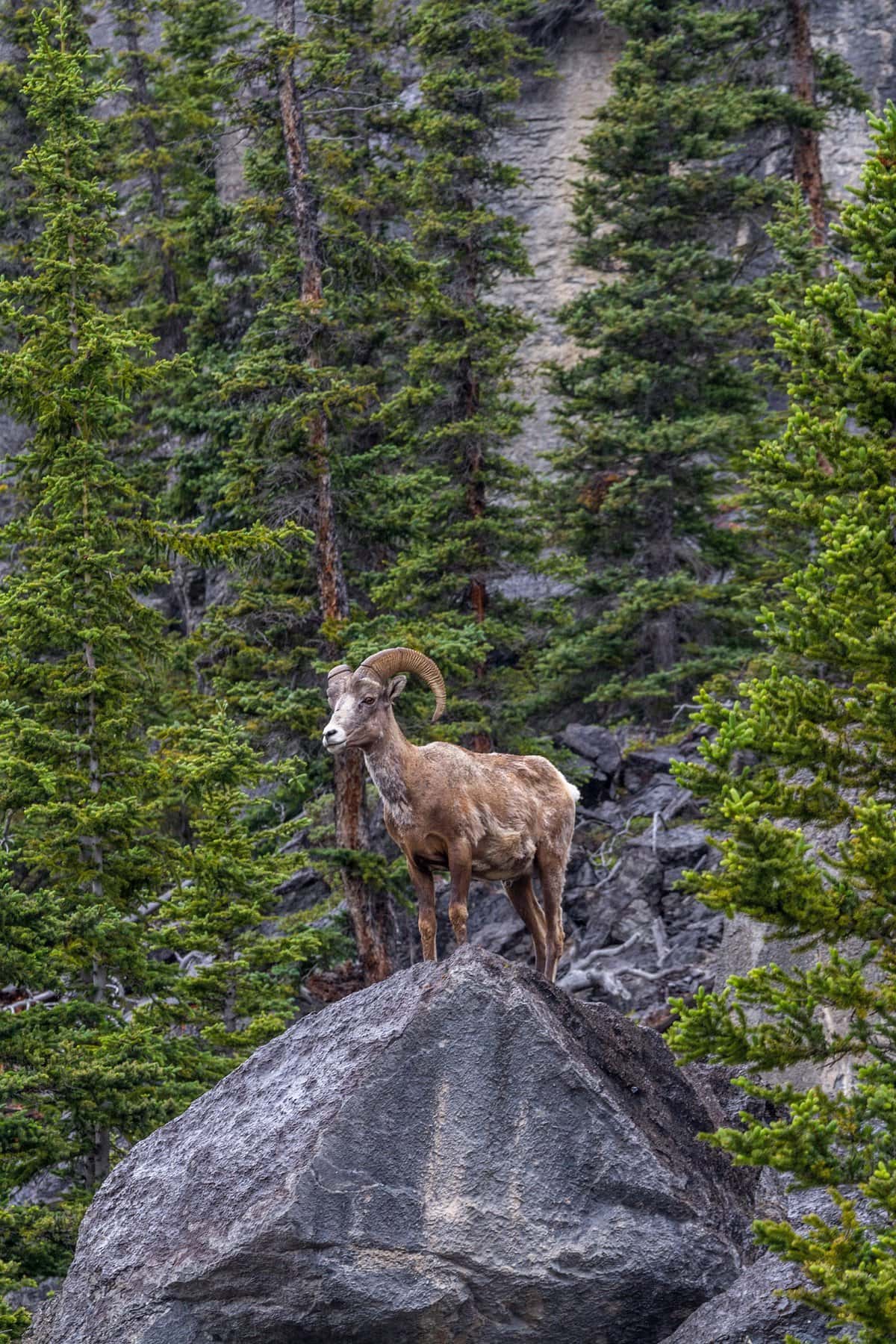
Eagles are one of the most common raptors in the Canadian Rockies. Two types of eagles live in the region: Golden Eagles and Bald Eagles.
The Golden Eagle is arguably the larger of the two, with a wingspan of up to 7 feet. These birds are dark brown or black in color with golden feathers on their head and underside. They build nests near cliffs or in tall trees, where they lay one to three eggs each spring. Golden Eagles are carnivores – meat-eaters – and have powerful hooked beaks and sharp talons. Their prey includes marmots, rabbits, deer, elk, and other animals that live in open areas. Took this from my kayak on the Bow outside Banff.
Although Golden Eagles can be fierce predators, they are also respected as majestic creatures that represent power and freedom.

The Cougar is also know as a Mountain Lion and is one of Canada’s most dangerous predators. They play a vital role in maintaining the balance of wildlife in the Canadian Rockies. The female can weigh up to 120 lbs., a male up to 200 lbs. The Cougar can even bring down a moose. The Cougar will hunt in it’s own territory ranging up to 150 sq miles.
It will track its prey and attack from behind so always keep smaller children or pets in the middle of your pack when hiking in the backcountry. Cougars are elusive however, and rarely seen, but they have attacked at various times over the years and have been scene on the outskirts of Calgary.

If a cougar does attack, fight for your life. Use your walking sticks, or rocks to fend them off. Stand tall and firm. Never run from a cougar. They will give chase and easily overtake you. Always carry bear spray and know how to use it. Make lots of noise when hiking or mountain biking to avoid surprising the Cougar.
Female Cougars can have up to 4 kittens and will defend them with her life. Leave the area immediately if you see any kittens.
Leave the area immediately if you smell a foul sour odor, or come across an animal kill half buried. Cougars will return to their kill to feed.
The wildlife in the Canadian Rockies is a vital part of the region’s natural heritage. It is important to protect these animals and their habitats so that future generations can enjoy them too.
